A layer of structural materials composed of polysaccharides, glycoproteins, and phenolic compounds found external to protoplasm is called the cell wall. Certainly, it defines the shape and size of the cell.
In this paragraph, the structure and composition of cell walls will be discussed explicitly.
Gross Structure of Cell Wall
The cell wall is complex and usually consists of 3 layers-
Best safe and secure cloud storage with password protection
Get Envato Elements, Prime Video, Hotstar and Netflix For Free
Best Money Earning Website 100$ Day
#1 Top ranking article submission website
- Primary wall
- Middle lamella
- Secondary wall
These three walls are described below:
Primary wall
The primary wall is about 0.1 μm thick but the wall of collenchyma may be 10μm thick. Certainly, the cuticular epidermal cell may be thickened. The thick cellulosic primary wall may be observed in the endodermis. They are plastic and reversible in nature. However, at maturity, the middle lamella and the two primary walls of adjacent cells become confluent and become too difficult to define a practice boundary between them. In addition, on both sides of the middle lamella deposit a compound of the primary cell wall. For example, we can find in the meristematic cell, parenchyma cell, collenchyma, and root hairs are the main site of the primary wall deposition.
Middle Lamella
Middle lamella is the layer that lies in between the 2 primary walls of adjacent cells. It is the connecting material that fastens cells to the neighbor. Therefore, they are held together by the primary walls. They are very thin (less than 30nm thick) and thickest at the corners. Pectic substances, possibly in association with calcium and others compose the middle lamella. Furthermore, it originates at the end of the nuclear division and creates a new boundary between the two nuclei which had previously shared the same cytoplasm.
Secondary wall
In the secondary wall, deposition of polysaccharide components occurs over the primary wall. In contrast to the primary wall, the secondary wall is formed after the cessation of surface growth. Therefore, it causes growth in thickness only. Secondary wall materials are deposited outside the plasma membrane; present internal to the primary wall surrounding the cell lumen. Moreover cellulose, hemicellulose, and other polysaccharides, the secondary wall contains lignin. For example, we can find it in cells that are devoid of protoplasm.
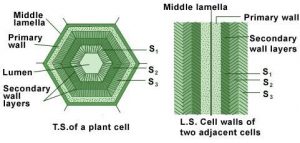
Therefore, cells of the secondary wall consist of 5 layers–
- A 3 layered secondary wall (from inner S1, S2, and S3)
- A layered primary wall
- A layered middle lamella
Ultra-structure of Cell Wall
The cell wall is a biphasic structure consisting of cellulose microfibrils embedded in a gel-like cellulose matrix. The microfibrillar phase consists of cellulose (β-1,4-glucan) only. Certainly, the main component of the cell wall is cellulose, which forms a basis of ultra-structure.
Cellulosic phase
Cellulose molecules unite with each other to form a bundle. They arrange in a parallel way to form a strand-like structure called micelle or elementary fibril (3.5nm in diameter). Furthermore, the primary microfibril or elementary strands unite and form a microfibril bundle.
Microfibrillar phase
They are radially visible in an electron microscope and are crystalline. This phase comprises microfibril, which is a long, thin structure with an oval and circular cross-section and has uniform width (10 nm in higher plants). At some regions, microfibrils arrange in a definite 3-dimensional crystalline lallicis termed micelles.
Macrofibrillar ph
They are about 0.4μm wide and can be visible under an electron microscope. 500000 cellulose molecules in transition compose a single microfibril. Several macro fibrils combine to form a cell wall.
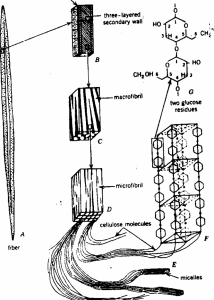
Chemical Composition of Cell Wall
Various chemical substances associate the composition of the cell wall. Most often with other compound carbohydrates. They are as follows-
- Cellulose: The most common unit of the cell wall, which is a hydrophilic, crystalline compound.
- non-cellulosic polysaccharides: e.g. Mannans, galactans, xylans, arabans, etc.
- Pectic substances: Amorphous colloidal substances, plastic, and highly hydrophilic. Helps in the binding of cells.
- Gums and mucilages: They exude as a result of physiological disturbances. Has the property of swelling.
- Lignin: Organic compound with large carbohydrate constituents.
- Cutin, suberin, and waxes: Fatty substances in the cell wall. Cutin and suberin are not melted but waxes are. They protect plants from the leaching effects of rain and penetration by potential parasites.
- Mineral substances: Silica, calcium carbonate, and some organic substances like tannins resins, etc. may be impregnated in the cell wall.
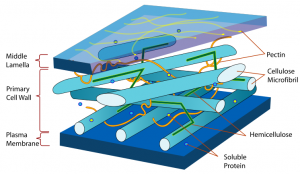
References
- Class Lecture of Parveen Rashid, Ph.D. (Professor, Department of Botany, University of Dhaka).
- Book: Plant Anatomy by B.P.Panday (page-71)
Revised by
- Saifun Nahar Smriti on 16 February 2021.
- Khaleda Akter Shompa on 28 July 2021.
 Plantlet The Blogging Platform of Department of Botany, University of Dhaka
Plantlet The Blogging Platform of Department of Botany, University of Dhaka
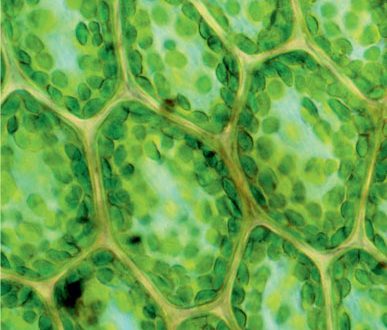

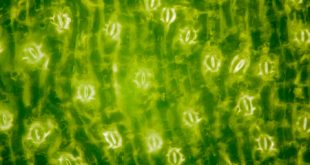
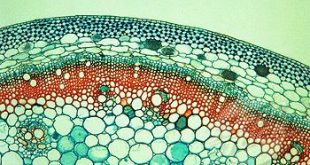
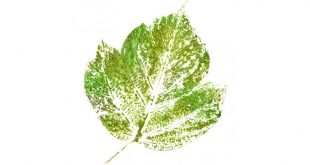
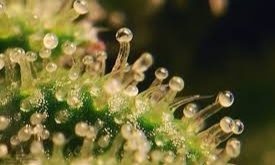
This article is very explicit and helpful.
Can you be more specific about the content of your article? After reading it, I still have some doubts. Hope you can help me.